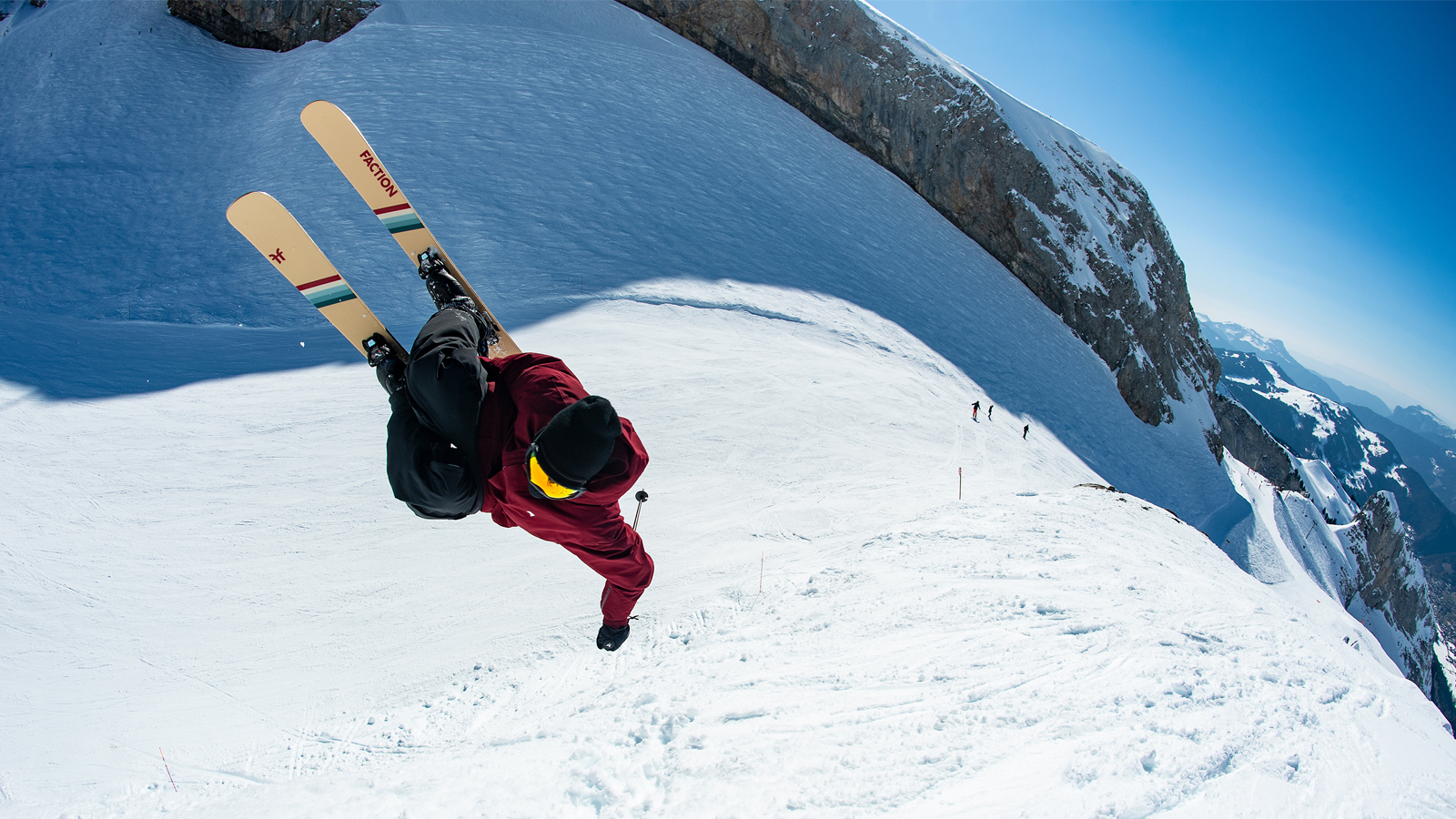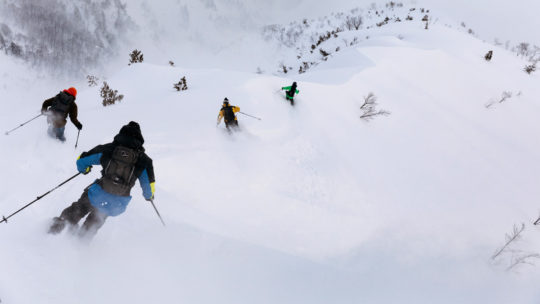How Faction redesigned its Candide Thovex pro model skis
WORDS • Andy Cochrane | PHOTOS • Courtesy of Faction
Lengths, tip and tail widths, flex curves, bending curves, stiffness, mounting points, rockers, sidecut, and material weights. I understood the first few columns of the spreadsheet—standard information—but the rest made little sense. Like getting to test drive a Maserati for the first time, interpreting the formulas for Faction’s new skis was something exotic and challenging.
Fortunately, I had some help.
If you’re looking for someone on the ground-level of the ski industry that cuts the bullshit and never hesitates to speak his mind, Faction’s Head of Engineering, Oliver Binder, is your guy. Lead Engineer at Faction Skis with 16 years mastering ski-focused math and designing, he’s experienced, edgy, occasionally irritable and even polarizing with his one-off quips. On top of all that, he’s one of the most precise ski shapers in the world.
“It took us just one iteration of testing in the factory,” says Binder of the new CT 3.0. “All the hard work is done in detailed computer modeling. The delta between the model and the first prototype ski was only 2 percent.” Before we went further into the details, I asked Binder for an overview of the full ski-making process at Faction, specifically regarding the updated CT Series.
It starts with a phone call between skier Candide Thovex and Daniel Tanzer, Faction’s head of hardgoods. From that conversation, Tanzer creates a brief that outlines the future of the ski and it contains ideas about new shapes and styles Thovex and Faction’s athletes will use in the coming seasons. Binder, the longtime engineer, takes the brief and refines it into drawings and measurements. He sends these to the manufacturers who, in turn, send back prototypes of the skis. Once the ski design is finalized, the ball is then passed to Josh Cohen, Faction’s product manager who works with Thovex to develop topsheet graphics. A few months later, the Faction’s new skis, including the CT Series, are approved for manufacturing.
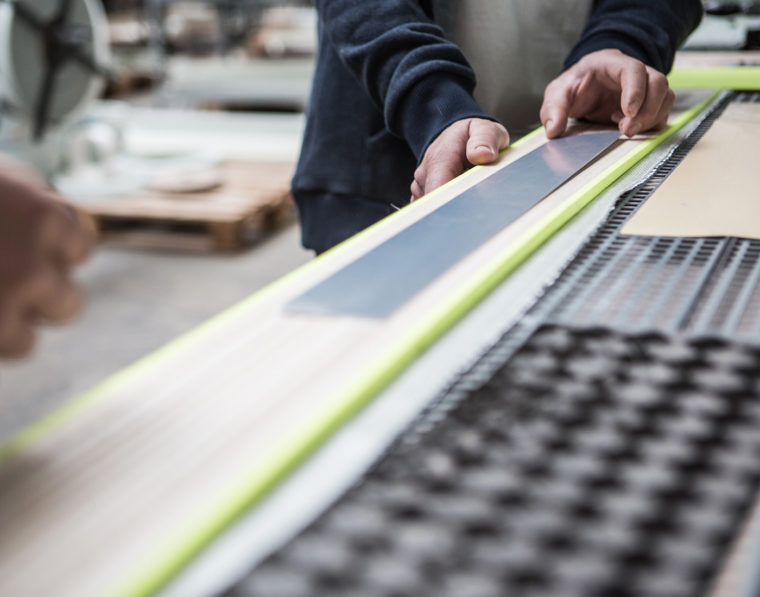
Based in Verbier, Switzerland, Faction aims to make freeride skis that push the limits of fun and function. Trademarked by the Thovex pro model skis, the lineup has grown to include surfy, playful Prodigy skis, stiff-as-hell Dictators, lightweight and nimble Prime skis and others.
For Faction, athlete-inspired design is top of mind. “When you’re making skis for one of the best in the world, you do a lot of homework,” says Tanzer, referring to Candide Thovex. Widely considered one of the best freeskiers alive, with an array of first place competition results, a successful stint on the Freeride World Tour and mind-boggling video clips, Thovex headlines an otherwise stacked athlete roster at Faction.
Along with Thovex and other pros, local Austrian mountain guides and strong-legged ski racers provided feedback to Faction’s team as it redesigned and relaunched the entire Candide line of skis for 2020. But too many cooks in the kitchen became challenging, noted Tanzer.
“The problem is that people love certain aspects of a ski, but can’t always tell you why. They can’t say if it’s the material, or the shape, the edges, or bases. We had to do a lot of translation. Our aim was to make a one-quiver machine, which means balancing a lot of input.” said Tanzer.
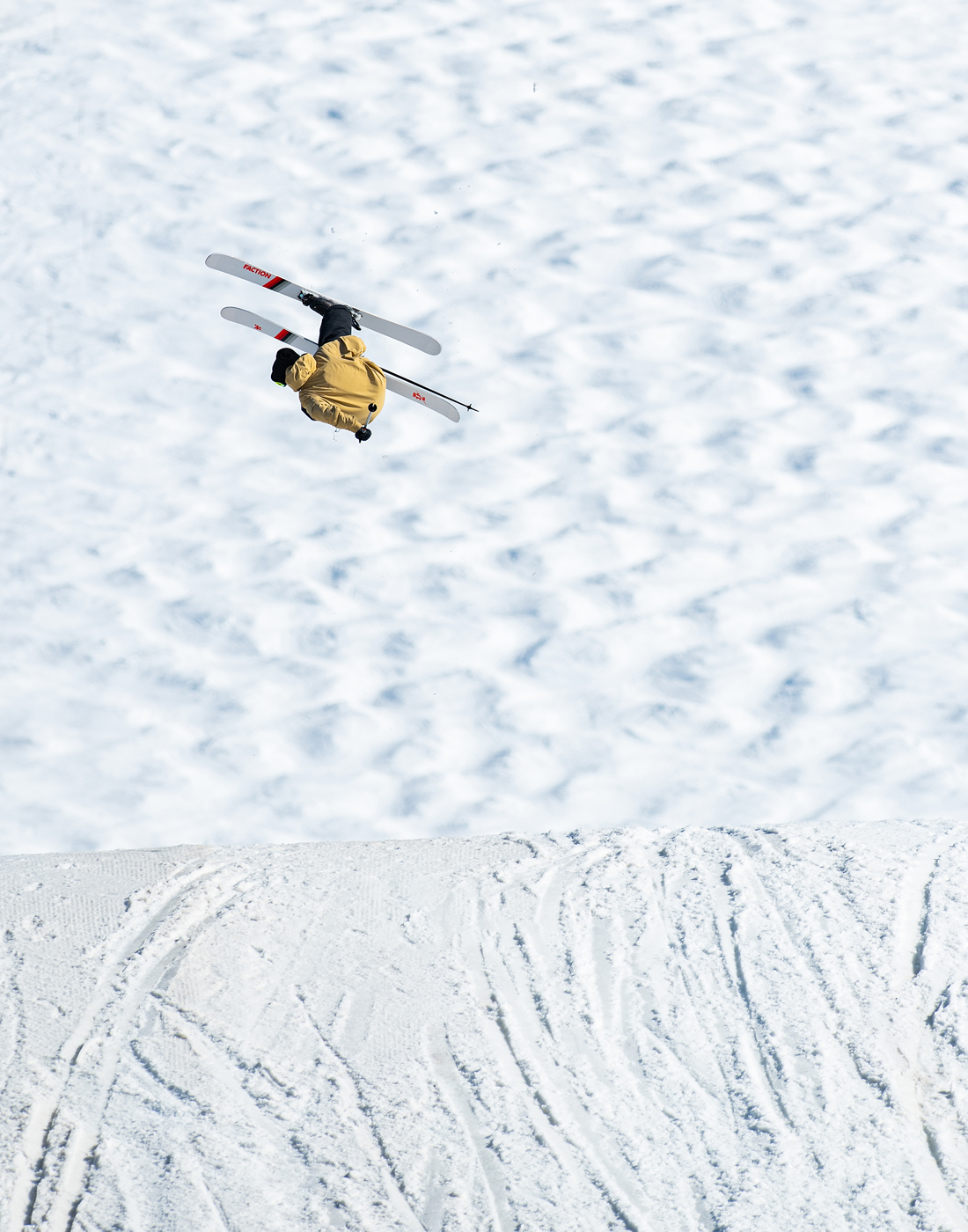
According to the team at Faction, the worldwide ski market produces roughly 3.6 million pairs annually. For the last decade, most brands have been focused on making skis lighter, driven by retailers and rental shops who are selling to an audience that is increasingly backcountry-focused. Worried that an ultralight ski wouldn’t perform, Faction bucked the trend with its updated Candide line, opting for thicker and stronger bases.
“For the last decade, we’ve watched the ski industry move towards lightweight everything. We’ve reached a point that skis don’t perform like they should. It’s time for the next generation to focus on sustainability, quality and durability, even if that means a bit heavier ski,” said Binder.
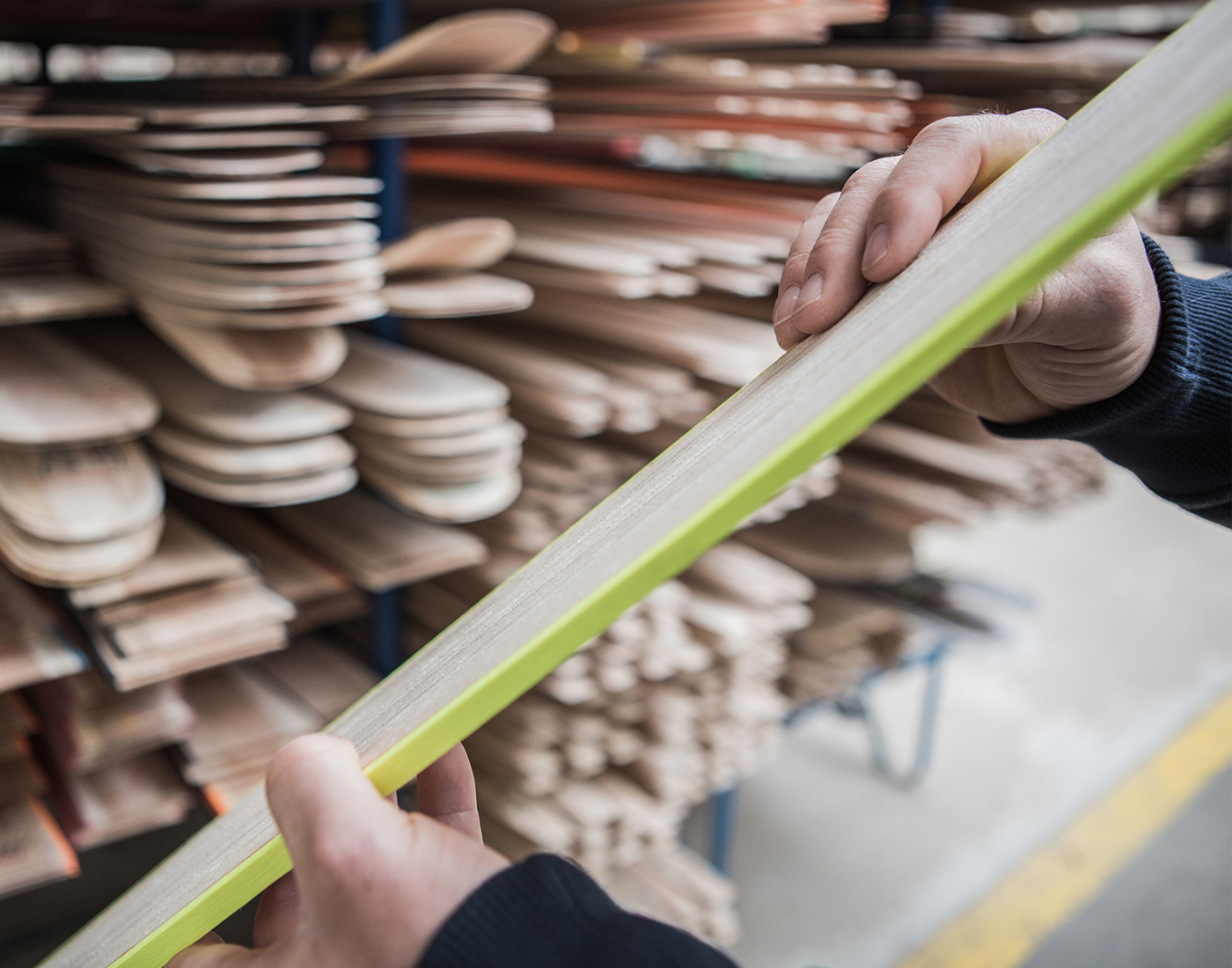
Faction’s secret lies within the mathematical precision of Binder’s mind. Making an entirely redesigned ski meant more risk in the research and development process. At Faction, this is where Oliver and his calculations come in; for the CT 3.0, the first mold was spot on.
But competing with larger brands means staying nimble. “We’re always juggling a lot—a couple dozen skis at a time. It’s all about planning ahead,” notes Cohen, product manager at Faction. “Development is fast. It sounds a bit gung-ho when I say it out loud. From the first conversation with Candide to a test on the snow is less than three months.”
Despite a short design period, the vision of the company is “built to last.” Binder repeated this again and again, casting aside my questions one after another. To him, the best ski is one that lasts the longest.
Cohen reiterated the idea, saying “our goal is durability. We want to make skis that don’t break. That’s the best thing we can do for the environment, too. Other options feel like greenwashing.”
